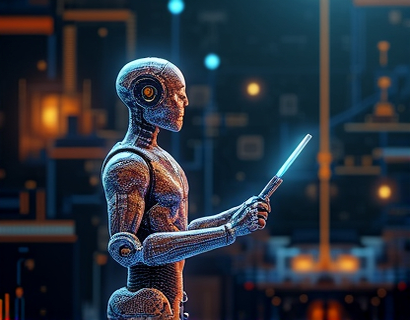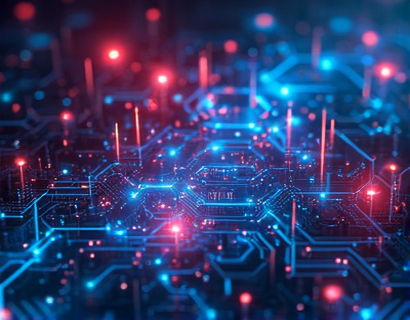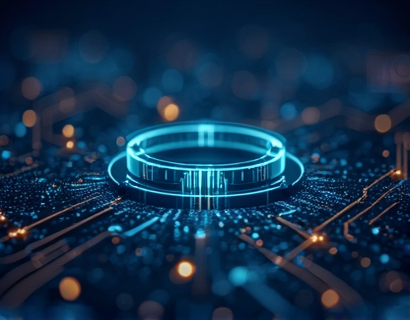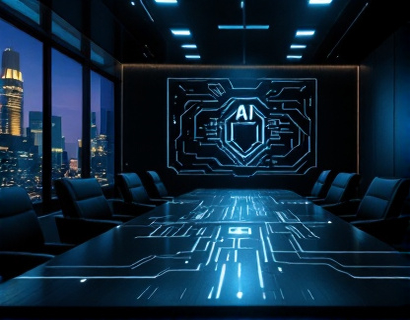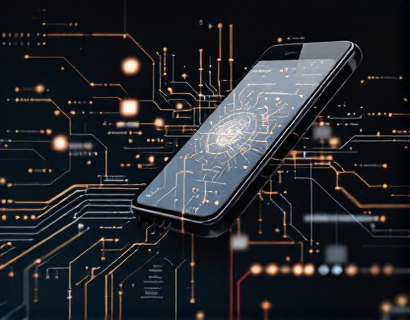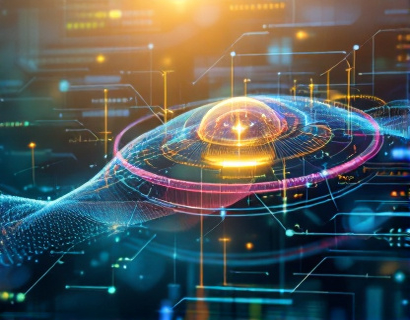Empowering the Next Generation of Digital App Solutions: The Synergy of Crypto and AI
The intersection of cryptocurrency and artificial intelligence is giving birth to a new era of digital applications, promising unparalleled efficiency, security, and user experiences. This fusion is not just a technological curiosity but a transformative force that is redefining how we interact with digital services. As we delve into this topic, it's essential to understand the foundational technologies that are driving this change and how they are being harnessed to create innovative solutions.
The blockchain, the backbone of cryptocurrency, offers a decentralized and immutable ledger that ensures transparency and security. When combined with AI, which excels in pattern recognition, predictive analytics, and autonomous decision-making, the potential for creating robust and intelligent digital platforms becomes immense. This article explores how these technologies are being integrated to enhance various aspects of digital app solutions, from user authentication to data management and beyond.
Enhanced Security Through Blockchain and AI
One of the most significant advantages of using blockchain in digital applications is its inherent security features. The decentralized nature of blockchain makes it extremely difficult for malicious actors to alter or tamper with data. When AI is integrated into this framework, it can further bolster security by detecting and mitigating threats in real-time. For instance, AI algorithms can monitor blockchain transactions for unusual patterns that might indicate a security breach, allowing for immediate action to be taken.
Moreover, AI can enhance the security of user authentication processes. Traditional methods such as passwords are vulnerable to attacks, but blockchain-based identity verification combined with AI-driven biometric recognition can provide a more secure and seamless login experience. This not only protects user data but also enhances trust in digital platforms.
Optimized User Experiences with AI
AI plays a crucial role in personalizing user experiences, making digital applications more intuitive and user-friendly. By analyzing user behavior and preferences, AI can tailor content and services to individual needs, improving engagement and satisfaction. In the context of blockchain, AI can optimize the user interface and experience by dynamically adjusting settings based on real-time data and user interactions.
For example, a decentralized finance (DeFi) application can use AI to provide users with personalized investment recommendations based on their risk tolerance and market trends. This level of personalization is not only more efficient but also more appealing to users who expect a tailored digital experience.
Efficient Data Management and Analytics
Data is the lifeblood of any digital application, and managing it effectively is crucial for success. Blockchain ensures data integrity and privacy, while AI provides powerful tools for data analysis and insights. The combination of these technologies allows for more efficient data management, from storage to processing and visualization.
AI-driven analytics can process large volumes of data stored on a blockchain, extracting meaningful insights that can inform business decisions or enhance user experiences. For instance, in a supply chain application, AI can analyze transaction data to identify bottlenecks and optimize logistics, while blockchain ensures that all data is transparent and tamper-proof.
Smart Contracts and Automated Processes
Smart contracts, self-executing contracts with the terms directly written into code, are a prime example of how blockchain and AI can work together to automate processes. AI can enhance smart contracts by adding layers of intelligence, such as predictive analytics and natural language processing, to make them more versatile and responsive.
For instance, in the realm of insurance, AI-powered smart contracts can automatically assess claims based on real-time data from IoT devices, reducing the need for manual intervention and speeding up the claims process. This not only improves efficiency but also reduces the potential for human error.
Decentralized Applications and AI Integration
Decentralized applications (dApps) are at the forefront of the crypto and AI revolution, offering users greater control and privacy. These applications run on blockchain networks and can leverage AI to provide advanced functionalities. For example, a decentralized gaming platform can use AI to generate dynamic game environments and non-playable characters, creating a more immersive and engaging experience for players.
Moreover, AI can enhance the governance of dApps by enabling decentralized decision-making processes. AI algorithms can analyze community feedback and voting patterns to propose and implement changes, ensuring that the application evolves in line with user needs and preferences.
Challenges and Considerations
While the potential of combining blockchain and AI is vast, there are several challenges that need to be addressed. One of the primary concerns is scalability. Blockchain networks, especially those that prioritize security and decentralization, can struggle with high transaction volumes. AI can help mitigate this by optimizing network performance and predicting potential bottlenecks, but it is not a silver bullet.
Another challenge is the regulatory landscape. The intersection of crypto and AI operates in a relatively uncharted territory, and regulatory frameworks are still evolving. Developers and organizations must stay informed about legal requirements and ensure compliance to avoid potential issues.
Future Prospects and Innovations
Looking ahead, the integration of blockchain and AI is poised to drive even more innovative solutions. One area of excitement is the development of AI-powered oracles, which serve as bridges between blockchain and external data sources. These oracles can provide real-time data to smart contracts, enabling more sophisticated and responsive applications.
Additionally, the rise of machine learning on the blockchain, often referred to as MLB, is an emerging field that combines the strengths of both technologies. MLB allows for the training and deployment of machine learning models directly on the blockchain, ensuring data privacy and security while leveraging the computational power of AI.
Conclusion
The fusion of cryptocurrency and artificial intelligence is not just a technological trend but a fundamental shift in how we build and interact with digital applications. By harnessing the security and transparency of blockchain with the intelligence and adaptability of AI, we can create more efficient, secure, and user-centric digital solutions. As this field continues to evolve, it will be exciting to see the innovative applications that emerge, reshaping the digital landscape for the better.






